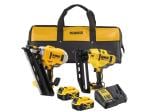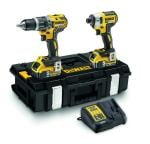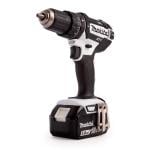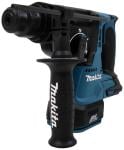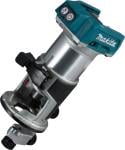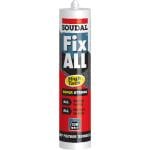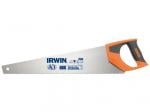What is a Reciprocating Saw and Why Should I Have One?
You’ve likely got a number of different saws in your toolkit at the moment, but do you have a reciprocating saw? If not, then you should have a read of this article and add one to your selection, you won’t regret it!
So, first of all, what is a reciprocating saw? Well, to reciprocate is to either respond to a gesture or action in kind or to move backwards and forwards in a straight line. It’s fair to say that this awesome saw doesn’t give much back (other than sheer destruction), so we’ll put the name down to the reciprocating motion of the blade. Reciprocating saws (or recip saws) are also known as sabre saws as they’re hand-held and well, sabre-like. You can consider recip saws as being “the cavalry” of saws because they take over when sledgehammers and crowbars can’t quite finish the job. That’s right, recip saws are best used for demolition work! Naturally, when gutting a door or window, cutting through joists, plasterboard, and other fixtures, the original fittings can be a ball-ache to remove—which is where the reciprocating saw comes in. They have a wide variety of blade attachments, designed to cut through all manner of materials, including wood, metal, and plaster. Simply put, the recip will cleanly slice through most anything you throw it at (please don’t throw it).
How does a reciprocating saw actually work?
Again, the reciprocating saw’s blade moves with backwards and forward motion, much like jigsaws. This means that most jigsaw fittings will work with a recip saw. You can even add LED light attachments for when cutting in a particularly dark area. Additionally, the reciprocating saw is perfect for handling in awkward areas due to the fact that it doesn’t have a flat base. You can also adjust the position of the foot, depending on the size of the blade attachment that you’ll be using at that given time. When cutting, you grip onto a rubberised boot, significantly reducing hand/arm vibration and improving your overall control of the saw.
Corded or cordless: which is best for the reciprocating saw?
Honestly, we prefer the cordless, but it really depends on the job that you’re doing. If you’re going to be stood for long periods of time cutting through nasty fixtures, then the last thing that you want is for the saw to die on you so that you have to wait for it to charge back up again. That said, a cordless is so much easier to handle (nobody likes a long cable getting in the way and tangling all around the place). Ultimately, it comes down to your preferred style.
Should I add a recip saw to my toolbox?
Absolutely yes! Of course, if you don’t think that you’ll ever get the chance to use it as it doesn’t match the type of work that you do, then perhaps not. However, we believe that the reciprocating saw is an incredible piece of kit (you have to use it to believe it) and should be on stand-by waiting for every tradesman to call upon.


